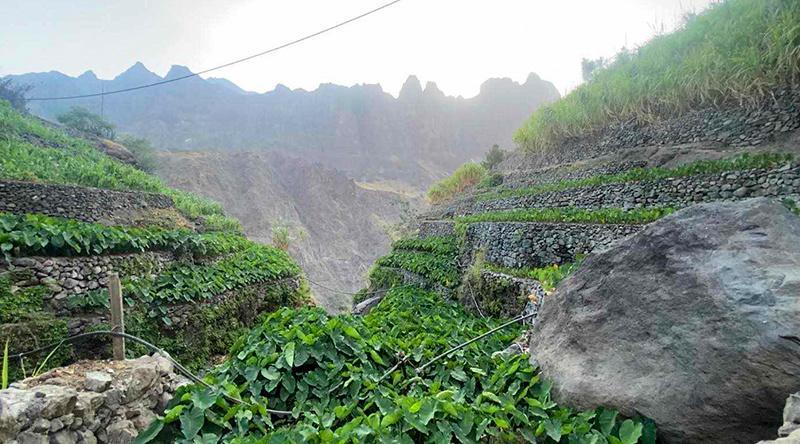Africa-Press – Cape verde. The rainy season that is ending has brought above-average rainfall this year, the executive director of the National Institute of Meteorology and Geophysics (INMG), Denise de Pina, told Lusa today.
“The climatological average for the period 1991-2020 is 240 millimetres and the average for this year is 278 millimetres, that is, slightly above the order of 15%”, she said.
The figures match the forecasts that pointed to a season with normal or above-average rainfall.
As in other years, Santo Antão (average of 495 mm) was the island with the most rain and Sal the driest, with the average accumulated rainfall limited to a height of 30 millimetres.
The country is only expected to receive rain again in nine months, except in higher places, so the rainfall that usually falls between July and October is crucial for part of the agricultural production and pastures, as well as for renewing springs.
This year was characterized by later rains.
Although the season started on July 8, within the usual range, “a long dry period” followed, explained Denise de Pina, a phase that would only be reversed in September and October.
Meteorologists are studying the influence of a new oceanic phenomenon.
“This year there was an unprecedented phenomenon” similar to ‘La Niña’, but in the Atlantic Ocean, said the meteorologist.
The name is usually given to a cyclical cooling of the Pacific Ocean, which then influences atmospheric currents around the world.
“This year there were colder waters than usual in the Atlantic and perhaps this conditioned” the rainy season in Cape Verde, causing precipitation to occur later, when the sea warmed enough to raise humidity, creating clouds.
This unprecedented occurrence is “under study” in an attempt to understand “its origins and frequency”, she added.
With the end of the rainy season, the country is now entering the dry phase, in line with the annual pattern.
From November to March, there is a chance of dry haze, days with a higher concentration of dust from the Sahara Desert, circulating from Africa to the Atlantic, with Cape Verde under this natural path through the atmosphere.
For More News And Analysis About Cape verde Follow Africa-Press






